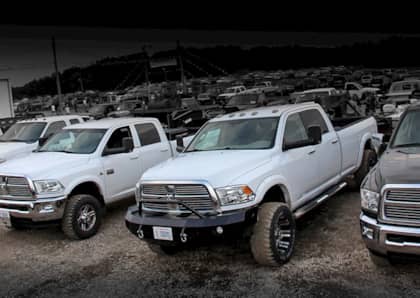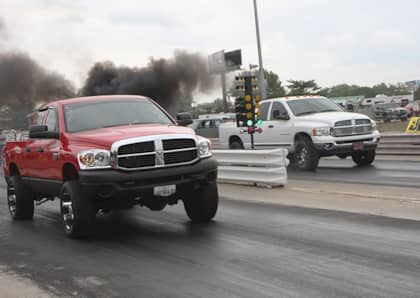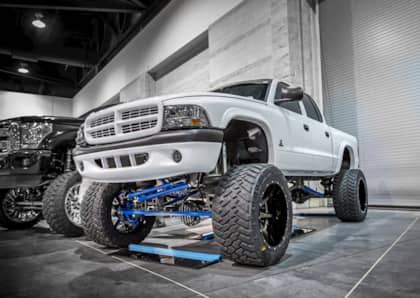Threshold for Pain: Cummins Edition
Cummins, Cummins, Cummins. It’s the engine the diesel aftermarket revolves around—and for good reason. The 5.9L inline-six mill’s factory rotating assembly from ’89 to ’02 is capable of handling 800 hp (1,400 to 1,600 lb-ft of torque) without breaking a sweat, and is often pushed into four-digit territory before aftermarket rods become a consideration. In fact, just a decade ago it wasn’t uncommon to find a set of factory '89-'02 rods inside most competition engines. Granted, 1,100 to 1,200 hp was a big number in diesel motorsports at that time and the engines all lived at higher rpm, thereby avoiding the kind of torque (i.e. cylinder pressure) that can pretzel rods and destroy blocks.
Even when Cummins changed to a different style connecting rod in its common-rail 5.9L engine (a rod that is generally perceived to be inferior in strength to the ’89 to ’02 units), 800 hp and 1,500 to 1,600 lb-ft of torque proved more than survivable. And as the years wore on, and ECU tuning improved, the aftermarket would be able to take things even further—eventually discovering that roughly 1,800 lb-ft (or 900 hp) was the limit for OEM rods.
If you’re looking to find out how much abuse the bottom end of your ’89 to present Cummins is good for, you’ve come to the right place.
Supporting 160 HP to 1,500 HP
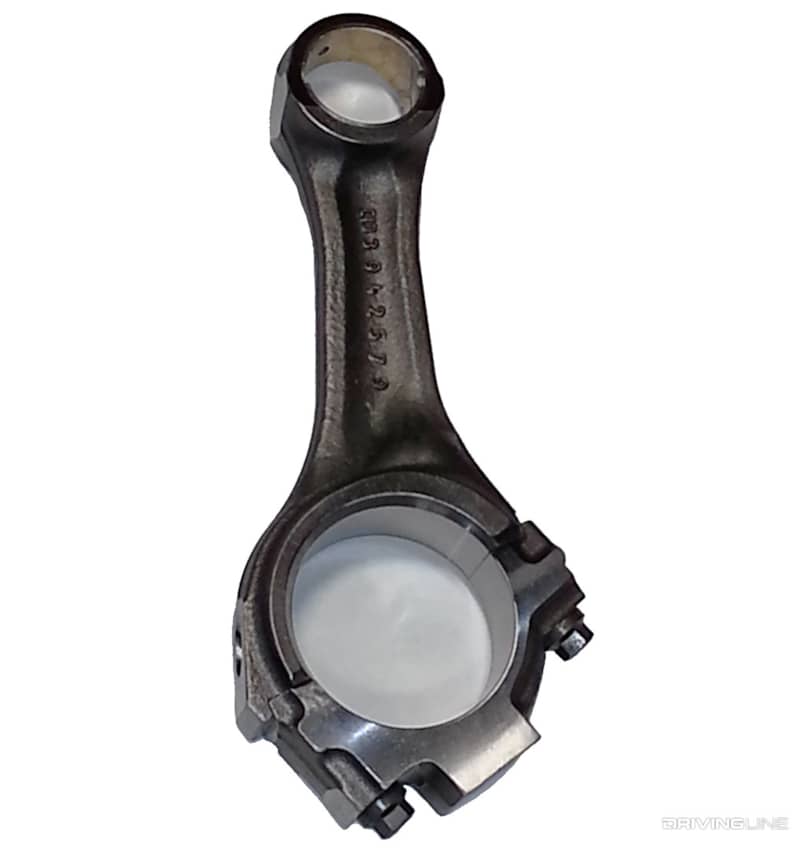
The B-series 5.9L Cummins found in ’89 to ’02 Dodge Rams utilized the same basic connecting rod (in both 12-and-24-valve engines). These rods were made from steel forgings and featured a non-fractured rod cap on the big end (versus the fractured cap style employed in ’03-present engines). The forged-steel rods used in these early 5.9L engines can handle as much as 1,500 hp, provided they’re conditioned to do so (i.e. shot-peened, balanced, micro-polished and/or cryogenically treated) and also equipped with quality rod bolts. They are also known to bend rather than break when they fail.
Street Vs. Race: Different Thresholds for Pain
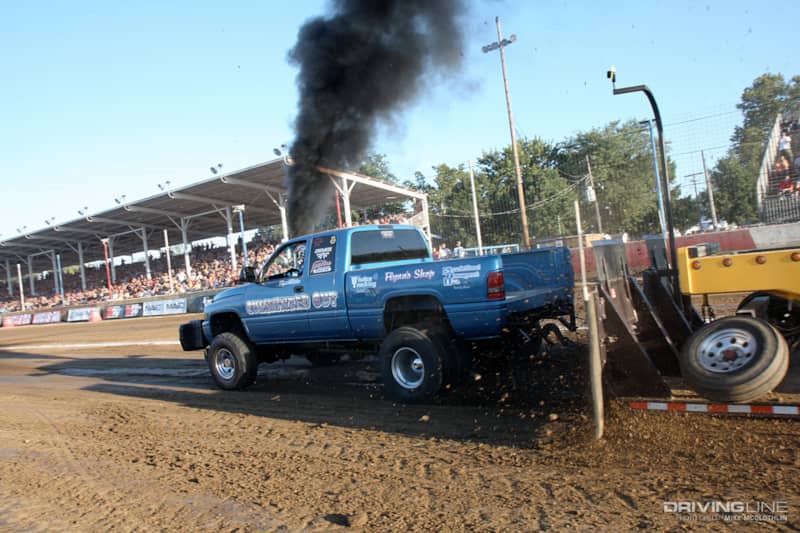
While countless motorsport applications made use of the factory ’89-’02 rods in engines turning out over 1,000 hp, it’s long been recommended that aftermarket rods be employed in street trucks attempting to make similar power. Reason being, a street application will spend a lot of its time at low rpm (1,500 to 3,000 rpm) whereas a competition engine will live at higher rpm (4,000-plus). In motorsport applications, the combination of low compression and high rpm, along with large turbochargers, leads to less torque being produced (lower peak cylinder pressure), which effectively keeps factory rods alive. The truck shown above made 1,400 hp on the engine dyno with a set of factory, shot-peened rods and survived more than 50 sled pulls before being torn down.
Heavy-Duty Rod Bolts
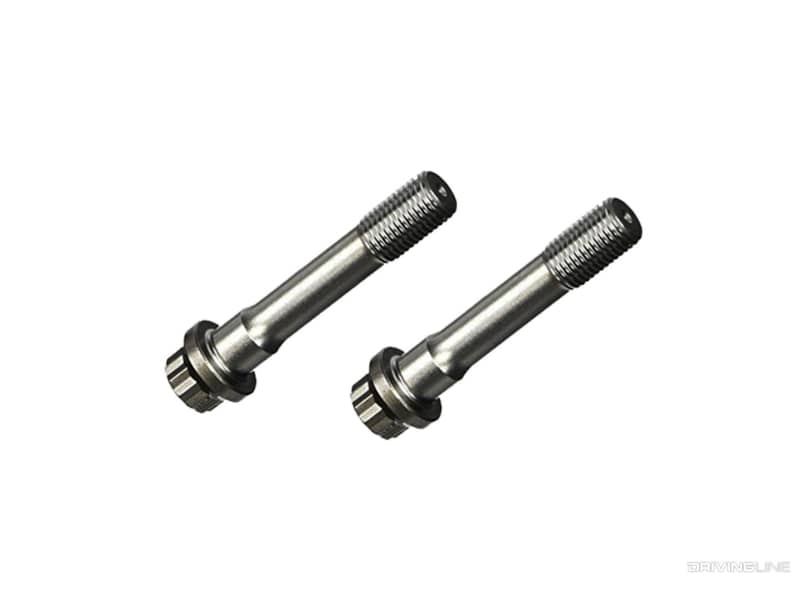
Although the stock ’89-’02 rods are good to 1,000 hp or more, a significant addition needs to be made before they’re pushed past the 800 hp mark. The factory rod bolts are known to back out with age, or fail under big power and elevated rpm. ARP’s heavy-duty Cummins rod bolts are a very common and fairly inexpensive insurance item to add to any factory 12-or-24-valve connecting rod (ARP PN: 247-6303). The ARP rod bolts are nearly 25-percent stronger than the stockers, fit all 5.9L rods built from ’89-‘07 and retail for $160 to $200.
Too Much Torque
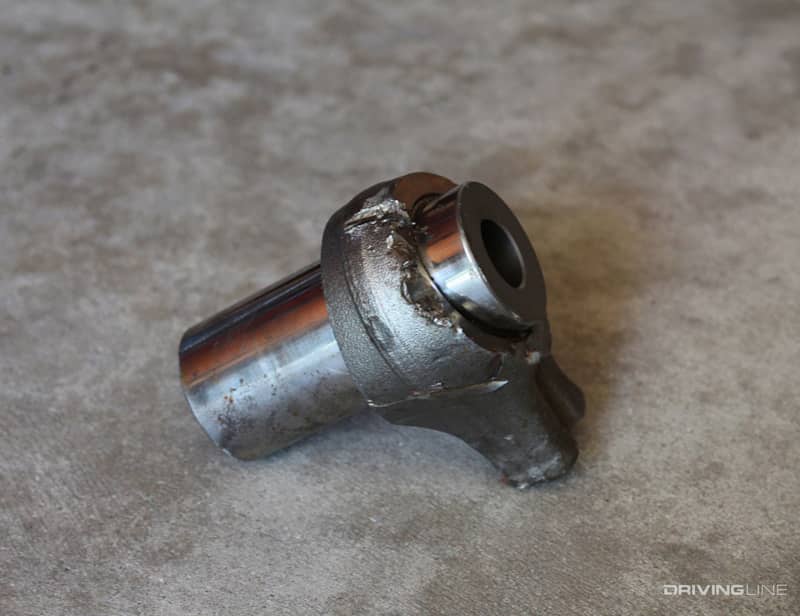
When a set of factory-based rods comes anywhere close to seeing 2,500 lb-ft of torque, this can be the result. This particular ’89-’02 rod broke at the small end of the beam and exited the block during a sled pull where the engine had been dragged down below 3,500 rpm. When a diesel engine that’s been built to run at high rpm is allowed to drop down into its peak torque range (lower rpm), cylinder pressure becomes excessive and bad things can happen—especially to factory connecting rods. It’s imperative that a race-ready Cummins spinning OEM connecting rods be kept above 4,000 rpm when under load.
’89-’02 Threshold for Pain (Stock Rod Bolts): 800 hp
’89-’02 Threshold for Pain (Street Applications): 1,000 hp
’89-’02 Threshold for Pain (Race Applications): 1,400 to 1,500 hp
‘03+ Fractured Cap Rod
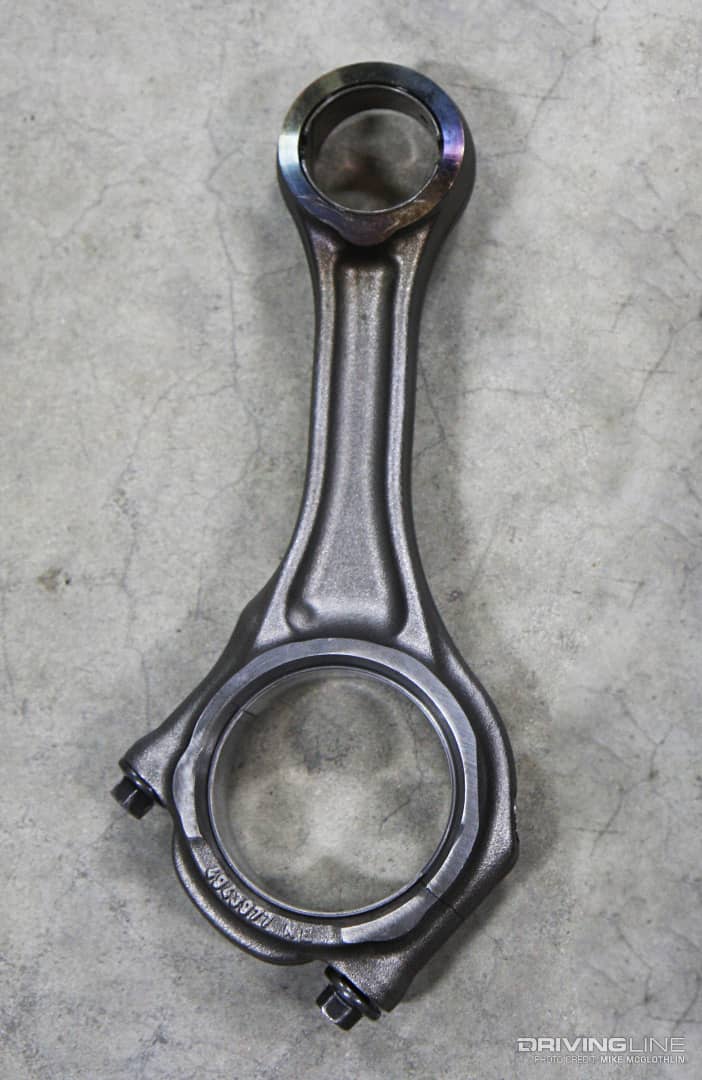
Beginning in 2003 with the introduction of the common-rail 5.9L, Cummins turned to fractured-cap, forged-steel connecting rods. The rod shown above is a fractured cap unit out of a 6.7L Cummins, but the version used in ’03-’07 5.9L mills is virtually identical. While the earlier rods tend to bend (’89-'02), the fractured-cap units are known to break clean off when they fail due to high horsepower and torque.
Mechanical Vs. Common-Rail Injection
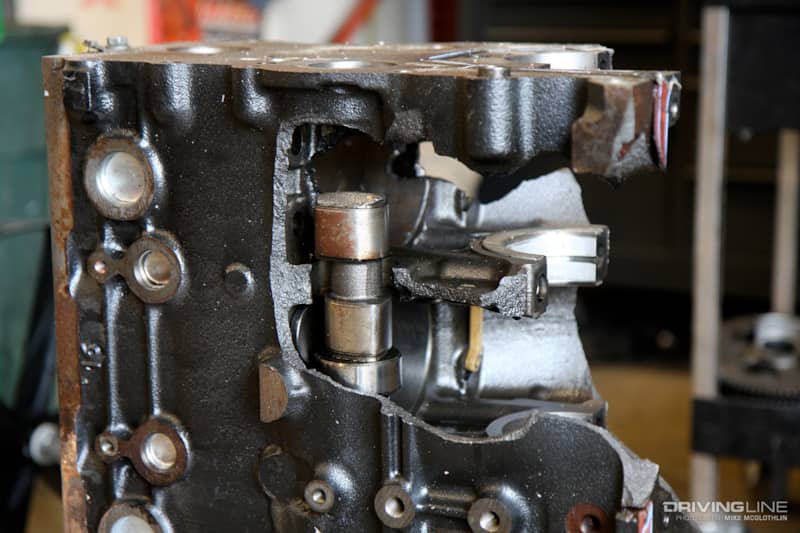
Big boost and massive fueling at low rpm allowed this Cummins to make more than 1,800 lb-ft of torque, but it came at a catastrophic cost. Not only was the block windowed when a factory rod let go, but the camshaft was destroyed as well. Many theories exist as to why the newer rods fail sooner, but the common-rail injection system that’s utilized in ’03-to-present Cummins engines has a lot to do with it. Unlike mechanical injection, where injection timing is fixed, electronically controlled common-rail systems are capable of providing variable timing—and namely supplying immense fueling at low rpm. This means more cylinder pressure and torque is potentially available for the rods to deal with.
You Mess with the Bull…
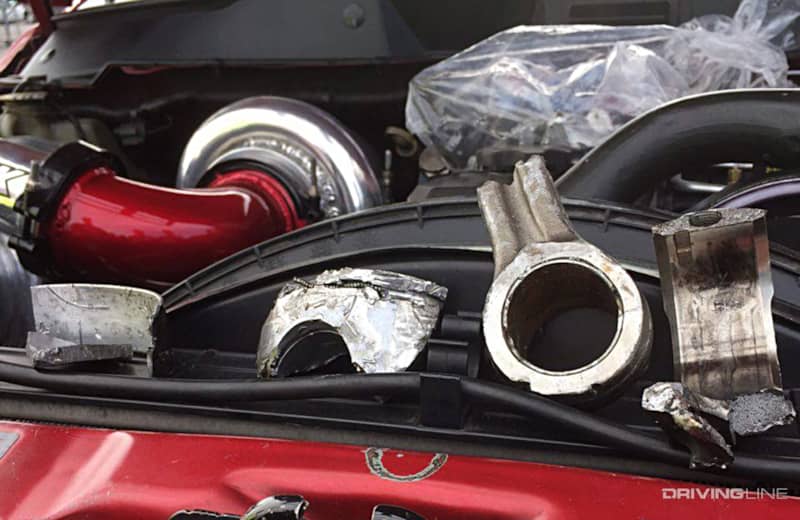
This is what 250-percent larger injectors, a massive compound turbocharger arrangement and 110 psi of boost can do to a stock bottom end ’03-'07 5.9L… After clearing more than 1,200-rwhp with his ’06 Dodge Ram 2500 on the chassis dyno, Jim Rendant decided to improve on the 10.80-second quarter-mile he’d previously ran in the truck (and on a lower horsepower setup). Near the eighth-mile mark, the rod in cylinder number 5 let go. As far as recipes for disaster are concerned, Jim’s Cummins had it all: big boost, stock (high) compression and more than 2,000 lb-ft of torque on tap.
’03-Present Threshold for Pain: 900 hp, 1,800 lb-ft
More Cubes Yield More Stress
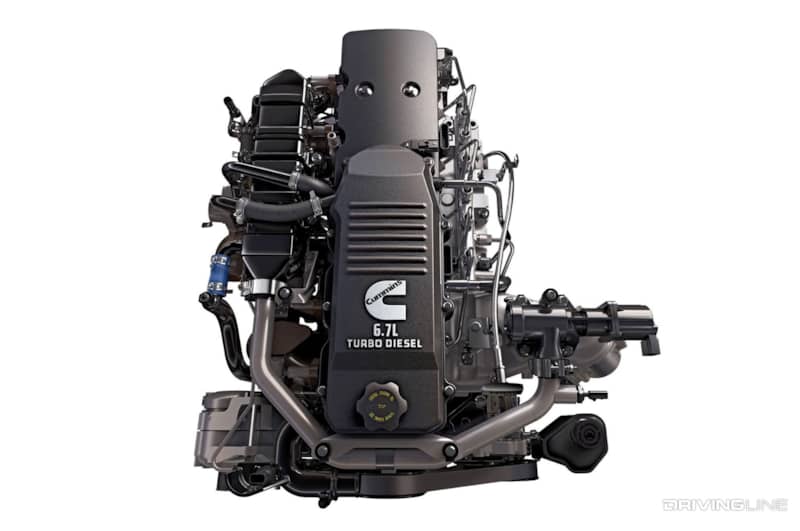
It’s believed that the 6.7L Cummins is more susceptible to killing rods than a 5.9L due to its larger displacement (bore and stroke) and tick-higher compression ratio yielding more torque production (cylinder pressure). Those extra cubic inches are constantly beating up on the connecting rods and it’s only amplified as you stack power on top of the factory bottom end. Luckily, many reputable engine builders recommend aftermarket connecting rods and a corresponding built engine once an enthusiast ventures into 800 hp territory and beyond.




